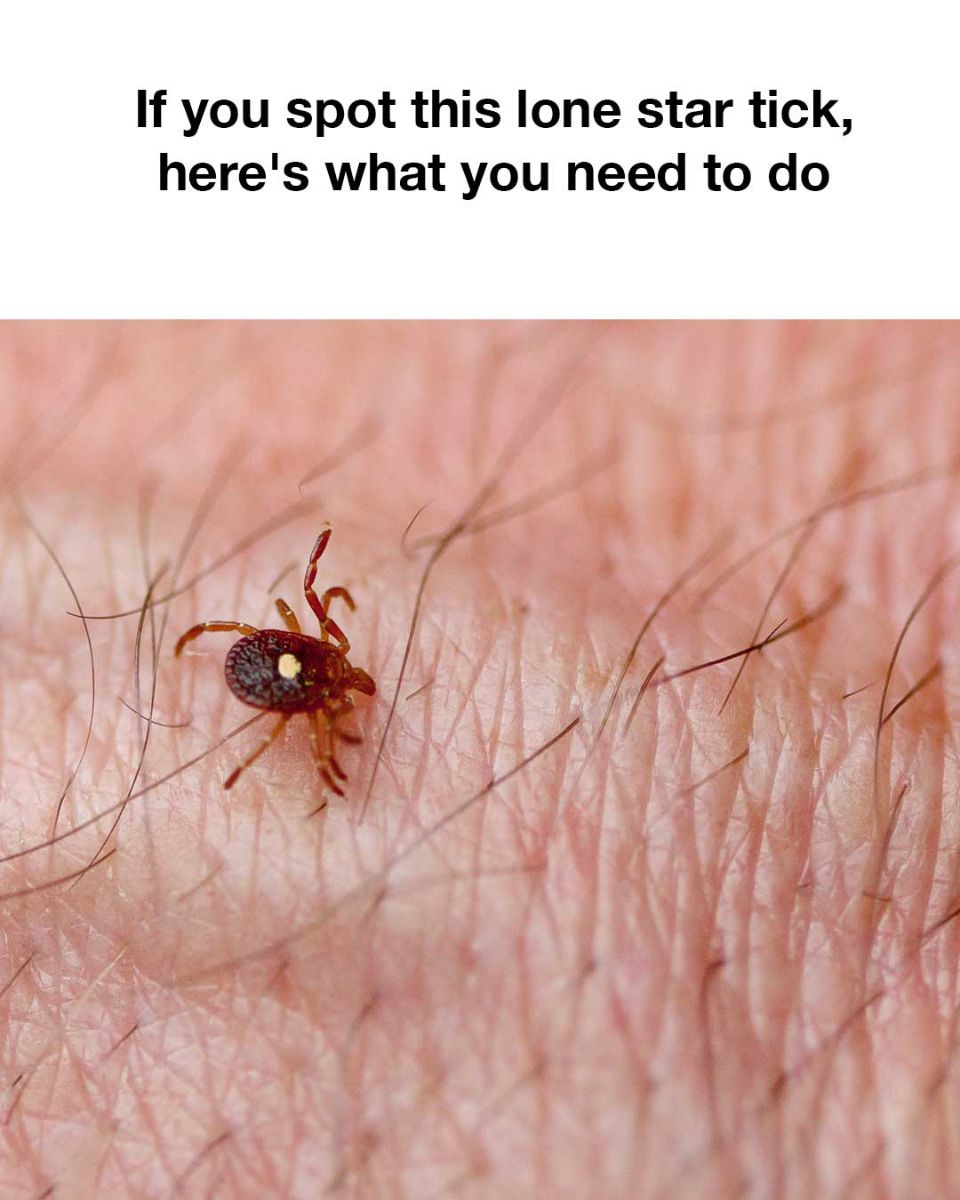The lone star tick is more than just a pesky insect; it poses a potential health hazard for both humans and pets. As ticks become more widespread, it’s crucial to know how to identify and manage them. Whether you’re an outdoors enthusiast or simply spending more time in your garden, understanding what to do when you spot a lone star tick can help protect yourself and your loved ones.
Here’s why it’s important to read this: knowledge is power. Promptly identifying and dealing with ticks can prevent serious health issues. Equip yourself with the right information to handle encounters with this potentially dangerous pest.
1. Identification
To correctly identify a lone star tick, look for a small, brown tick with a distinctive white spot on the back of females and a more rounded back in males. They vary in size from tiny, poppy seed-sized nymphs to larger, sesame seed-sized adults.
2. Remove the Tick Safely
If you find a lone star tick attached to your skin, remove it immediately using fine-tipped tweezers. Grasp the tick as close to the skin’s surface as possible and pull upward with steady, even pressure. Avoid twisting or jerking the tick, as this can cause parts of the tick to break off and remain in the skin.
3. Clean the Area
After removing the tick, clean the bite area and your hands with rubbing alcohol, iodine scrub, or soap and water. This helps reduce the risk of infection.
4. Monitor for Symptoms
see continuation on next page
ADVERTISEMENT
